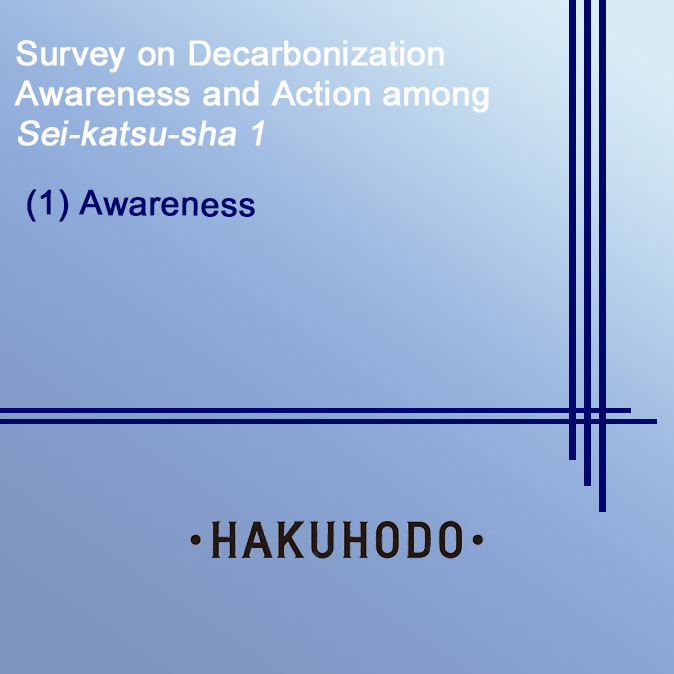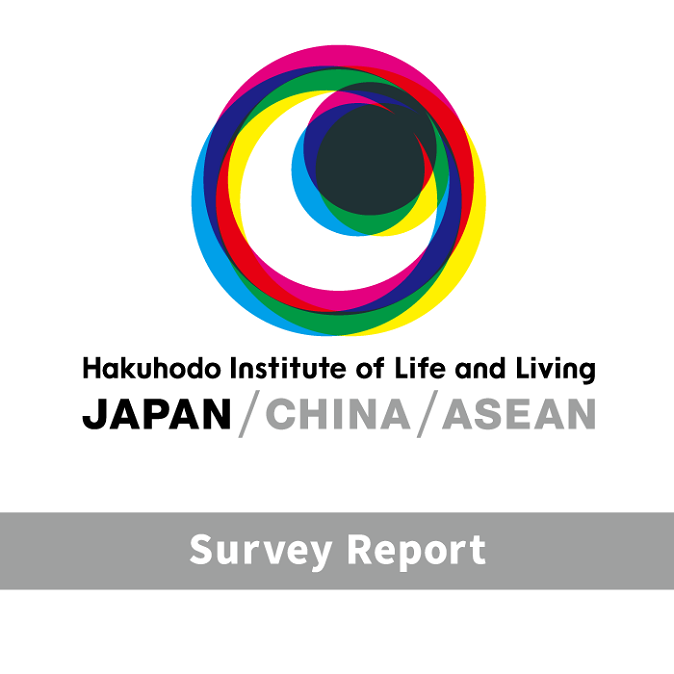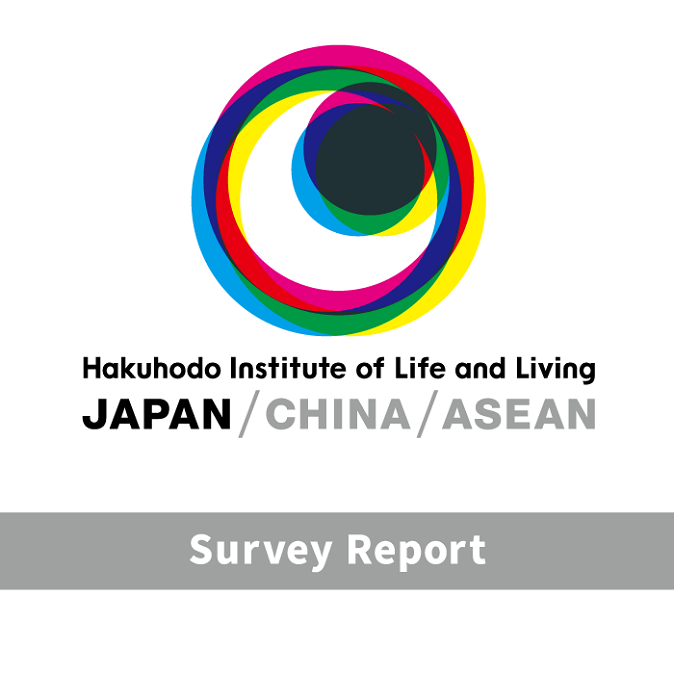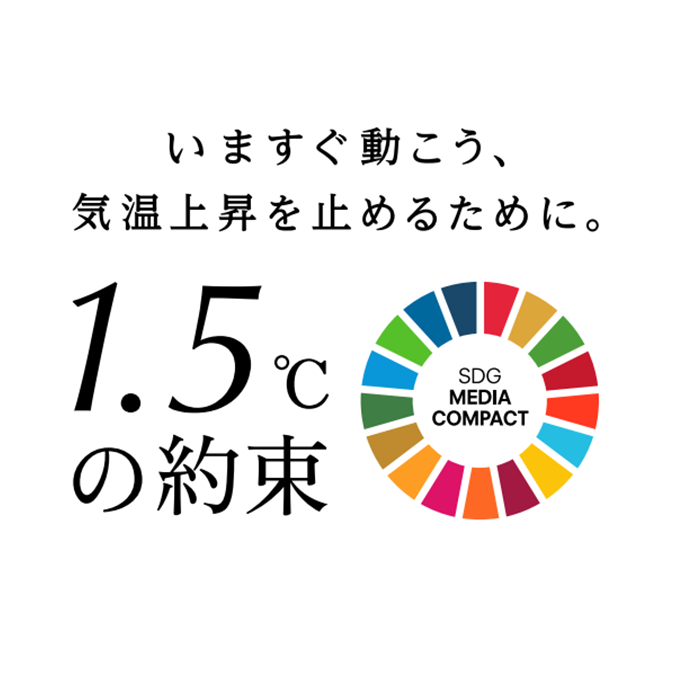- News
- Research
Action: How can we inspire Japanese sei-katsu-sha to take decarbonization action?
Findings from a survey conducted in September 2021
60% of sei-katsu-sha want to know how to contribute to decarbonization in daily life
Having fun and a sense of contribution is key to facilitating action
Hakuhodo Inc.’s MIRAI Business Division and the Hakuhodo SDGs Project teamed up to conduct a nationwide study, the Hakuhodo Survey on Decarbonization Awareness and Action among Sei-katsu-sha, in September 2021.
Many agree that the household sector holds the key to achieving the greenhouse gas (GHG) reduction target of 46% (vs. the 2013 level) to be reached by 2030, as the sector is expected to reduce its emissions by 66%. A previous report (on decarbonization awareness findings, published on October 18), found that despite their strong interest and willingness to contribute to a post-carbon society, sei-katsu-sha do not know exactly what to do, largely due to a lack of relevant information. This report on action seeks to identify effective information and approaches to drive sei-katsu-sha to decarbonization action. The survey was conducted over September 18–19, 2021 covering 1,400 males and females aged 15–79 across Japan.
Key Findings
Beginning with simple steps in daily life
・ 56.3% of respondents were interested in obtaining information about simple steps in daily life and products/services that contribute to decarbonization.
・ Asked about areas of interest for decarbonization action, 42.0% of respondents cited food and beverages, followed by electricity, gas, water supply and other infrastructure facilities, with 40.1%, and daily commodities, toiletries and sanitary goods, with 29.4%, indicating their focus on the immediate environment.
Not only affordability but also a sense of contribution and fun learning
・ Asked about what information might drive decarbonization action, respondents cited affordability and simple steps in daily life, followed by labeling of CO2 reductions from using a product, and labeling of CO2 reductions from changing how they use a product. The results point to people’s preference for quantifying and visualizing their contribution through behavioral change.
・ As the most convenient way of obtaining information, 40% of respondents preferred websites that aggregate decarbonization information and simple steps in daily life and video- and content-based websites that make it fun to learn, respectively. Relatively more people in older age groups cited informative websites, while Gen Z people (aged 15–24) preferred to enjoy learning.
From reducing use to repair: Broad options for decarbonization action while enjoying life
・ Asked about effective incentives for action, most respondents cited reward schemes and discounts, but Gen Z and females under 40 were more motivated by product appeal, such as looking stylish or cute (kawaii).
・ Waste recycling and reducing wasteful power and water usage were among the low-hanging fruits for the respondents. Elsewhere, people placed more emphasis on repairing and reusing (not purchasing) products than on purchasing zero- or low-carbon products.
・ Food was a favorite topic for respondents when presented with information on simple steps in daily life, including local production for local consumption and how to enjoy unmarketable fish. A considerable percentage of respondents also wanted information on repairing instead of disposal or selling services.
Our Observations
We found that toward realizing a post-carbon society, sei-katsu-sha are looking primarily for information on simple steps they can take in daily life. However, it is up to information providers to find the appropriate content and best way to convey that information.
Quantification of reduction efforts was one of the most motivating information items, which indicates that people want specifically to feel a sense of contribution in return for their personal actions.
With environmental issues thus far, expectations were on ethics-driven action on the part of sei-katsu-sha, such as cutting back and recycling. Although the results of this survey still point to this tendency, they also indicate a change of attitudes in favor of engagement in proactive and enjoyable decarbonization experiences, with many respondents, particularly among Gen Z, preferring to enjoy learning, as well as stylish and cute products. Presenting decarbonization action alternatives such as the purchase of second-hand products and the use of rental products as “ideas to enjoy life” may also be an effective measure to facilitate action.
Given that the topic tends to be centered on learning and ethics, success in facilitating decarbonization action appears to depend on the provision of information and suggestions on how sei-katsu-sha can enjoy such action as part of their lifestyles. (Observations provided by the analyst)
Survey outline
Method: Internet survey
Respondents: 1,400 males and females aged 15–79 across Japan
*The results were weighted back for analysis purposes to reflect the demographic composition by gender and age. Data cited in this document are weighted-back figures
Survey area: Nationwide
Survey period: September 18–19, 2021
Conducted by: H.M. Marketing Research, Inc.
Implementing bodies
This survey was jointly conducted by the MIRAI Business Division, Hakuhodo’s new business development arm, and the Hakuhodo SDGs Project, a company-wide initiative to support companies’ SDGs efforts.
















